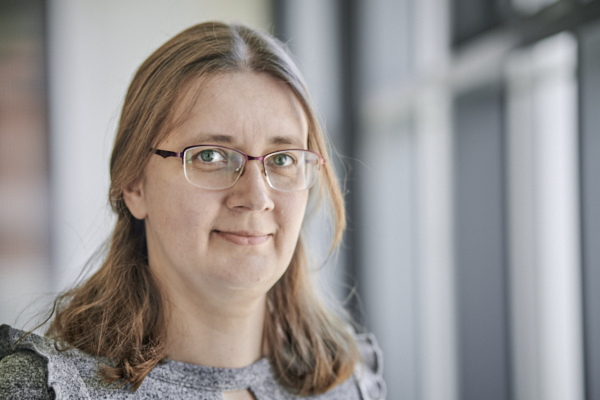Theorie der homogenen & Biokatalyse
Dr. Milica Feldt / in Vertretung Dr. Olga Bokareva
Our research interest consists of two main topics. The first one is catalysis, in particular transition metal (TM) catalysts, the factors which can influence catalysis and the computational design of new catalysts. The second one are different approximate coupled cluster theories and their applicability in catalysis. TM complexes have a particular electronic structure which allows them to be used for various purposes. For example, iron complexes can be in different oxidation and spin states allowing them to perform different reactions. Complexes with iron in its low oxidation state (I, II, III) are widely used as catalysts in organometallic chemistry to catalyze the activation of different bonds, for example the C-H bond. Furthermore, iron is present in many enzymes, for example the heme and non-heme iron enzymes. Since these enzymes are very efficient for the reactions which they perform, there is a large interest in synthesizing complexes which can mimic their reactivity. Furthermore, it is also known that these synthetic complexes can have a ground state of one spin, while the reaction occurs on another spin surface leading to so called two-state reactivity. Different spin states of iron are also known to influence their magnetic properties. For example, a low spin complex can be diamagnetic while the high spin complex is paramagnetic.
This feature is exploited in single ion magnets, which are becoming more and more important for spintronics and quantum computing. Finally, in the recent years many nanoparticles have been invented, like iron oxide, which have emerged as promising candidates for various biomedical applications, such as enhanced resolution contrast agents for magnetic resonance imaging, targeted drug delivery and imaging, stem cell tracking and many others. All these different aspects of iron complexes are very exciting but also very challenging to understand.
From a computational chemistry point of view, there are different possibilities to investigate these systems. The most common one is density functional theory (DFT), because of its favorable scaling, however, in some cases the accuracy of these approaches is limited. For more accurate calculations one usually opts for coupled cluster theory with coupled cluster with singles doubles and perturbative triples (CCSD(T)) being the “gold” standard. Unfortunately, CCSD(T) has a very unfavorable scaling, thus it can be applied only on small model systems. In some cases the multireference character of the system is pronounced and therefore, multireference schemes like CASPT2 or NEVPT2 are needed. These schemes are difficult to use because of many reasons, like the choice of the active space and the limit of the size of the active space. Furthermore, it should be pointed out, that they are second order perturbation theory and that they might not be accurate enough when dynamical correlation is important. To investigate different aspects of TM complexes we are using many of these approaches, with the main focus on coupled cluster theory. As mentioned before, CCSD(T) can be applied only on small model systems and therefore we use several approximate schemes both in the scope of local correlation methods and embedding approaches. Unfortunately, these schemes may not be accurate enough for some TM complexes, leaving a lot of space for improvement and future developments, which is one of the topics of the group.
Students with special interest in computational chemistry in the area of transition metal catalysis are welcome to discuss opportunities to pursue bachelor or master thesis, PhD studies or Postdoctoral work and are encouraged to contact Milica.Feldt@catalysis.de.


